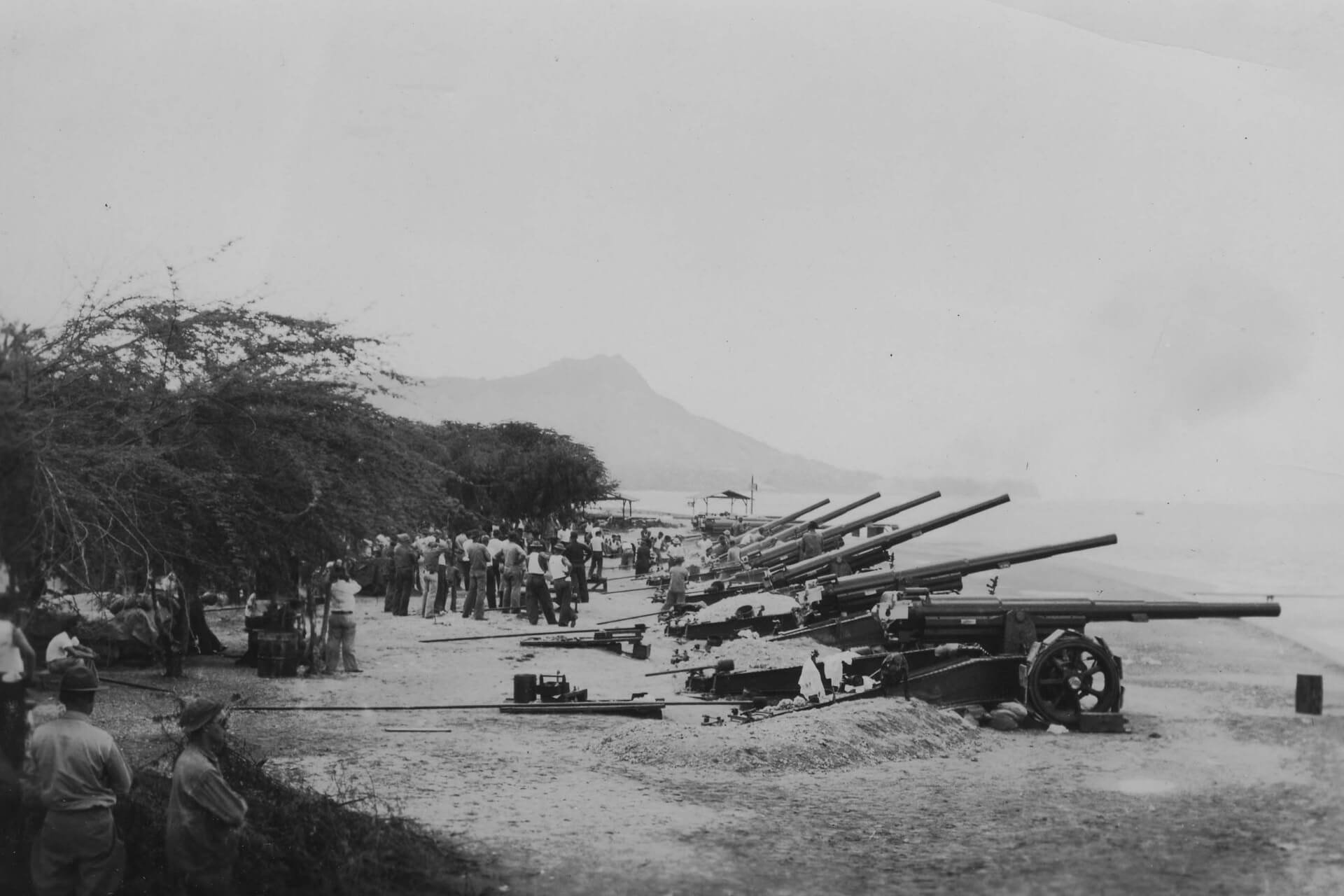
Hawaii Army Museum
Honolulu, Hawaii
The Hawaii Army Museum Society (HAMS), located in the heart of Honolulu, Hawaii, serves as a beacon of military history in the Pacific. The importance of historical education, particularly related to the military, cannot be overstated. It is through understanding our past that we can navigate our present and future. The Hawaii Army Museum Society plays a crucial role in this educational journey.
Hawaiʻi Army Museum //
Hawaiʻi Army Museum //
Visit Us
Free Admission
Address
2131 Kalia Rd., Waikīkī HI 96815
Museum and Store Hours
Open: 10 am - 5 pm
Tuesday - Saturday
Closed Federal Holidays or the Tuesday when a holiday is on a Monday.
Parking
We validate parking. Parking is in the lot across the street from museum.

Parking Rates
Parking is available across the street at the Hale Koa Saratoga lot located on the corner of Kalia Rd. and Saratoga Rd. For those requiring Handicap parking, we offer two stalls in front of the museum as well as additional stalls with the Saratoga lot. We validate parking for the US Army Museum of Hawaii @ Fort DeRussy Parking Facilities. With validation the fee is:
$4.00 for the first hour (or fraction thereof)
$3.00 for each additional hour (or fraction thereof)
Please present your Parking Ticket to the receptionist for validation
Directions
Contact Us
We’d love to hear from you! Whether you have questions about our exhibits, membership, donations, or upcoming events, the Hawaiʻi Army Museum Society is here to help.



